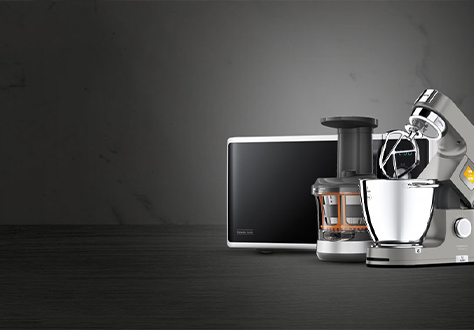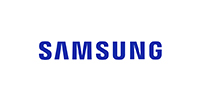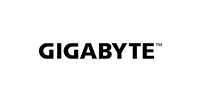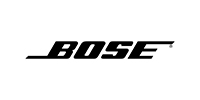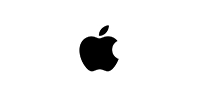Smartphone Stylus vs Finger Touch: Which One’s Better?
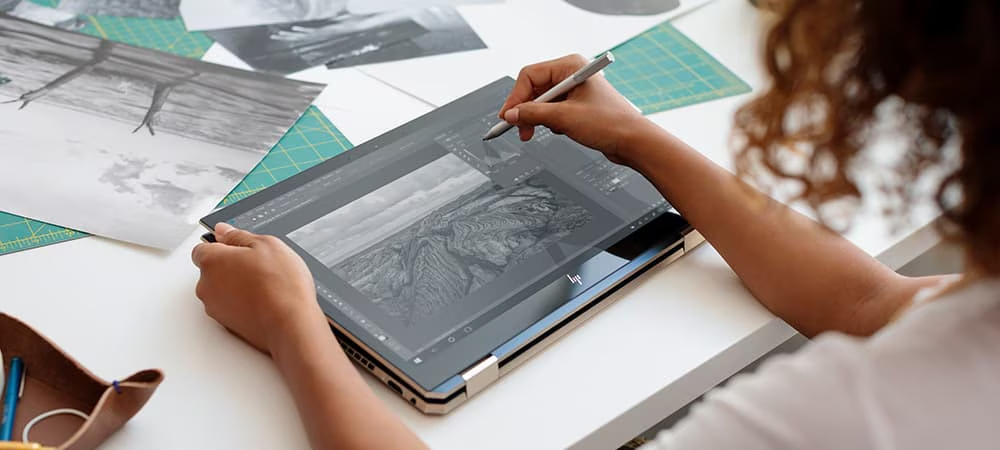
Compare smartphone stylus vs finger touch. Explore stylus for mobile phones, input accuracy, and the best way to use stylus on phone in 2025.
Technology is evolving fast. In 2025, the debate around smartphone stylus vs finger touch is more important than ever. Users now need to choose between the speed of finger touch and the precision of a smartphone stylus.

The smartphone stylus vs finger touch comparison goes beyond simple preference. The stylus for mobile phones has become an essential tool for those seeking better accuracy and control. It’s not just for designers or artists anymore; it benefits anyone looking to improve mobile interaction.
When evaluating finger touch vs stylus input, each has its advantages. While fingers are convenient for quick tasks, a stylus offers precision that enhances productivity and creativity, particularly on small or complex screens.
The best way to use stylus on phone varies by user. For students, it’s perfect for taking notes. Professionals use it for signing documents and editing files. Creatives leverage it for detailed design work and artwork creation.
One key factor is stylus vs touch screen accuracy. This post will explore how each input method holds up in real-world scenarios. Whether you’re using a top-tier device like the Samsung Galaxy S24 Ultra with an S Pen or a basic phone with a third-party stylus, we’ll help you determine the right choice.
What Is a Smartphone Stylus and How Does It Compare to Finger Touch?
A smartphone stylus is a pen-like tool designed to interact with touchscreen devices. It works by using a conductive tip that mimics the touch of a finger, but with greater accuracy. Whether you’re drawing, writing, or navigating menus, a stylus offers more precision than your finger.
The stylus for mobile phones is commonly used with smartphones and tablets. It’s especially helpful for tasks requiring fine detail, like editing photos or making digital sketches. Some styluses even feature pressure sensitivity, allowing users to create thicker or thinner lines depending on the amount of pressure applied.
There are two main types of smartphone styluses: active stylus and passive stylus. Active styluses are more advanced, using Bluetooth or other technology to provide enhanced features, such as palm rejection and pressure sensitivity. In contrast, passive styluses don’t require power and work with most devices but lack these advanced capabilities.
Finger touch vs stylus input differs significantly in terms of accuracy. Fingers are quick and convenient for general tasks, but a stylus offers greater control, especially when working with detailed apps or small text. If you’re using your smartphone for design or precise work, a stylus is often the best tool for the job.
In the next section, we’ll explore the various benefits of using a stylus for mobile phones, especially in terms of improving productivity and creativity.
Benefits of Using a Smartphone Stylus for Mobile Phones
Using a smartphone stylus offers several benefits over traditional finger touch. Whether you are an artist, student, or professional, a stylus can significantly improve your mobile experience. Let’s explore why many people are choosing a stylus over finger touch for precise tasks.
One of the main advantages is the increased accuracy when performing detailed actions. The stylus for mobile phones allows users to write, draw, and edit with pinpoint precision. Whether you’re signing a document, editing photos, or designing an illustration, the control a stylus offers cannot be matched by finger touch alone.
Additionally, the smartphone stylus vs finger touch comparison reveals that a stylus helps reduce screen smudges. Unlike fingers, which often leave greasy marks on the screen, a stylus provides a cleaner and smoother interaction with your device.
Another advantage is that using a stylus can increase productivity. Tasks such as note-taking, e-signatures, and form-filling are quicker and more efficient with a stylus. The best way to use stylus on phone is to enable faster input for work-related tasks, saving time and enhancing workflow.
For creative professionals, the precision and pressure sensitivity offered by a stylus make it the preferred tool for digital artwork, design, and photo editing. It provides much greater control than finger touch, enabling smoother lines and better shading techniques.
Finally, a stylus can help prevent repetitive stress injuries. Using a stylus in place of finger touch minimizes strain on your hand and fingers, especially during long periods of use. This makes the stylus ideal for users who spend hours working on their smartphones.
In the next section, we’ll dive deeper into how the stylus vs touch screen accuracy plays a crucial role in determining which input method suits your needs.
Stylus vs Finger Touch: Which One Is Better for Your Needs?
Choosing between a smartphone stylus vs finger touch depends on your specific needs and usage habits. Both methods have their strengths, but certain tasks are better suited for one over the other. Let’s break down the benefits of each input method in common scenarios.
For casual browsing and quick interactions, finger touch vs stylus input isn’t much of a competition. Finger touch is fast, intuitive, and works well for scrolling through apps or checking social media. It’s the most convenient method for everyday use, allowing users to interact with their phones on the go.
However, when it comes to more precise tasks, the smartphone stylus has a clear advantage. If you’re into drawing, designing, or editing photos, the accuracy of a stylus cannot be matched by finger touch. The stylus for mobile phones offers detailed control that makes it easier to create fine lines, adjust shading, and edit small text or images.
In gaming, the debate between finger touch vs stylus input is a bit more complex. For many mobile gamers, the quick and direct response of finger touch is preferred for fast-paced action games. However, styluses can be beneficial for strategy games or apps that require precision, offering better control for tapping smaller targets or navigating complex interfaces.
The best way to use stylus on phone is also highly dependent on your work or hobby. Professionals who need to sign documents, fill out forms, or take detailed notes will find that a stylus improves productivity and accuracy. Artists and designers can use it to draw, sketch, and create with greater detail and less strain on their hands compared to using their fingers.
At the end of the day, the choice comes down to your individual needs. If precision, creativity, and productivity are important, a stylus is the way to go. If you’re looking for speed and convenience, finger touch remains the most effective option.
In the next section, we’ll compare the costs, features, and overall value of using a stylus versus finger touch, helping you make a final decision.
How to Choose the Right Stylus for Your Smartphone
Choosing the right smartphone stylus can be challenging with so many options available. The best stylus for your phone depends on several factors, including compatibility, features, and personal preference. Let’s explore what to look for when selecting a stylus for mobile phones.
First, consider stylus vs touch screen accuracy. A high-quality stylus offers greater precision, making it easier to navigate small icons, write clearly, and draw with detail. If you plan to use your stylus for work or creative purposes, accuracy should be a top priority.
Next, check compatibility. Not all styluses work with every phone. Some devices, like the Samsung Galaxy S series, are optimized for specific styluses like the S Pen. For other smartphones, a universal stylus for mobile phones will work, but it may not offer advanced features like pressure sensitivity or palm rejection.
If you’re looking for precision and control, choose an active stylus. These styluses typically use Bluetooth and feature enhanced capabilities such as pressure sensitivity and tilt recognition, making them ideal for digital artists, designers, and anyone who needs detailed control. On the other hand, a passive stylus is a more affordable option but lacks these advanced features.
The best way to use stylus on phone also depends on your needs. If you need to sign documents, fill out forms, or take quick notes, a simpler, non-Bluetooth stylus will suffice. But for tasks like digital painting or graphic design, you’ll want an active stylus that can provide better accuracy and functionality.
Finally, consider the price. While high-end styluses may offer additional features like palm rejection and pressure sensitivity, they can also be expensive. For basic tasks, a budget-friendly passive stylus might be a better choice, especially if you don’t need advanced features.
In the next section, we’ll summarize the key differences between stylus and finger touch and help you decide which input method is the best fit for your lifestyle.
Stylus vs Finger Touch: Final Verdict
After comparing the smartphone stylus vs finger touch in terms of accuracy, precision, and usability, it’s clear that both input methods have their strengths and weaknesses. Choosing the right one depends largely on what you use your smartphone for and how you interact with it on a daily basis.
If you’re primarily using your phone for casual activities like browsing the web, scrolling through social media, or texting, finger touch vs stylus input is not a major concern. Finger touch is fast, convenient, and sufficient for these basic tasks. It’s the most intuitive and effortless way to interact with your phone.
However, if your tasks involve a high degree of precision—such as digital art, detailed photo editing, or signing documents—a smartphone stylus offers unparalleled control. The accuracy and comfort of a stylus can make your work much more efficient, reducing the time and effort required for tasks that demand fine detail.
In terms of productivity, a stylus can significantly improve your experience. For instance, the best way to use stylus on phone is when you need to take notes, annotate documents, or navigate complicated apps. If you’re looking to boost your efficiency and reduce the strain on your fingers, a stylus is the way to go.
Overall, the decision between stylus vs touch screen accuracy and convenience comes down to your personal preference and needs. If you’re a creative professional, designer, or someone who needs more precision in your work, a stylus is a game-changer. On the other hand, if you just need quick and simple interactions, finger touch is still the best option.
No matter which method you choose, both finger touch vs stylus input have their place in modern smartphone use. The key is to understand when and how each tool excels and use them accordingly to optimize your smartphone experience.
FAQ: Smartphone Stylus vs. Finger Touch
What is the main difference between a smartphone stylus and finger touch?
The primary difference is precision. A smartphone stylus provides more control, especially for tasks like drawing, writing, and editing. Finger touch is faster but less accurate for detailed tasks.
Is a stylus better than finger touch for mobile gaming?
For fast-paced mobile games, finger touch is usually better due to its quick responsiveness. However, for strategy games or games that require precise tapping, a stylus may offer more control.
Can I use any stylus with my smartphone?
Not all styluses are compatible with every phone. Some devices work better with specific styluses, like the S Pen for Samsung phones. You may need to choose between an active or passive stylus based on your device.
Does using a stylus cause less strain on the fingers than touch?
Yes, using a stylus can reduce repetitive strain on your fingers, especially during long periods of use. It provides more comfort and control, reducing the risk of hand fatigue.
What are the advantages of using a stylus for mobile productivity?
A stylus improves accuracy for tasks such as note-taking, form filling, and digital signatures. It helps speed up these tasks while reducing errors and making work more efficient.
How do I choose the best stylus for my phone?
Consider factors like compatibility with your device, the type of tasks you’ll be doing, and whether you need features like pressure sensitivity or palm rejection. Active styluses offer more functionality, while passive styluses are budget-friendly options.
Related Posts
- Mini Laptop Computers with Gaming PC Power: Top Performance & Portability
- The Hidden Dangers of Public Wi-Fi: How to Stay Safe Online
- Best AI Stock Trading Software
- ChatGPT Business Success: How a Couple Used AI-Powered Income Streams to Make $75,000 Online in a Side Hustle
- The Hidden Dangers of Public Wi-Fi: How to Stay Safe Online



